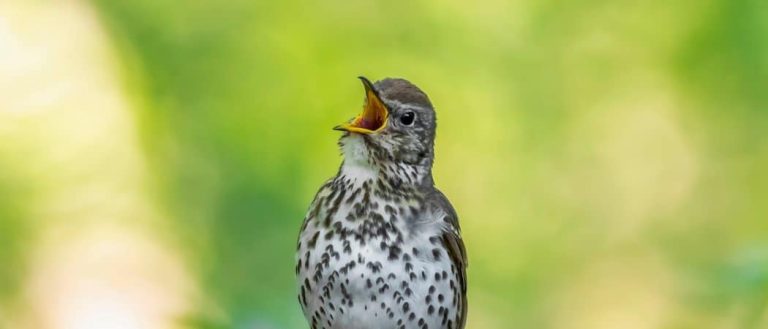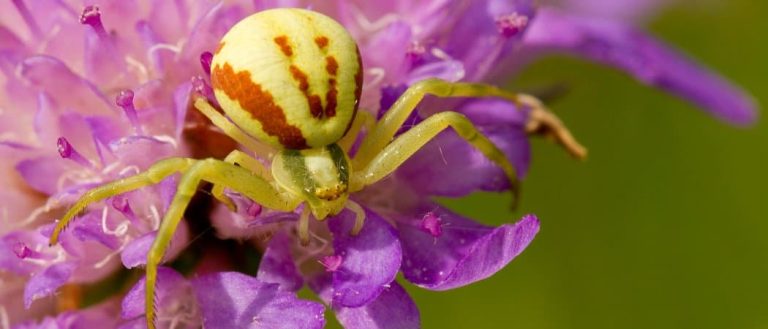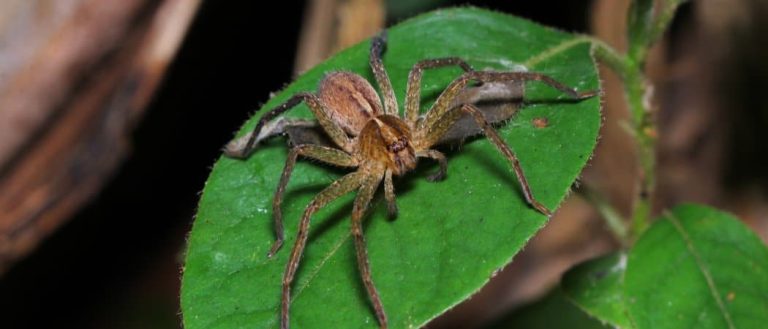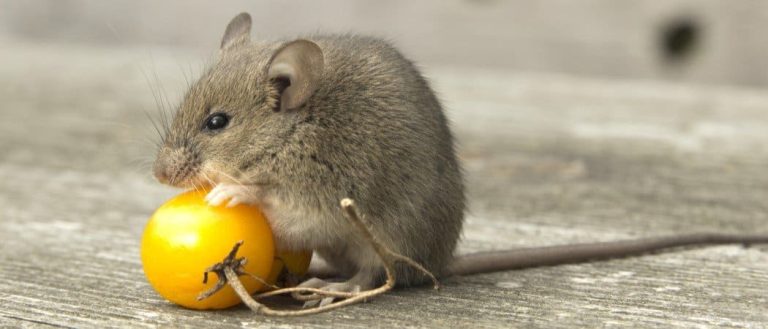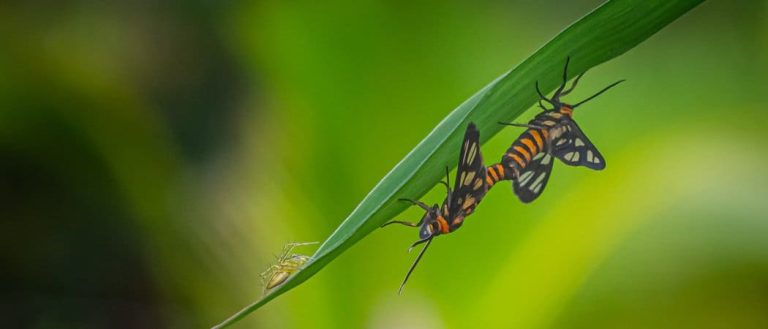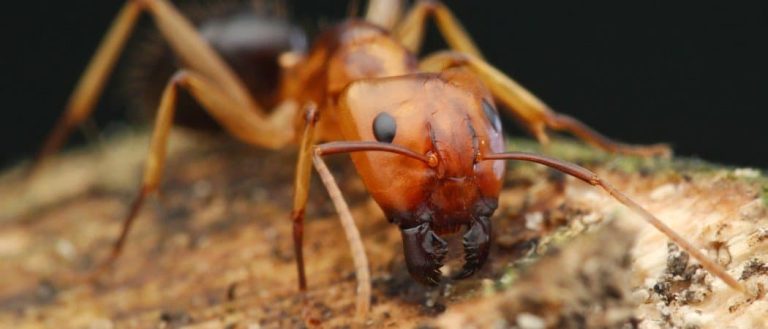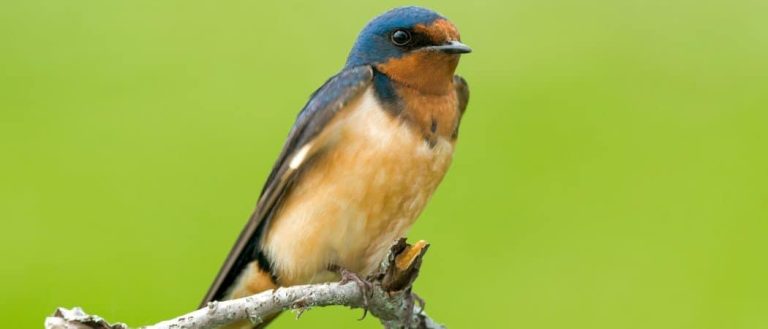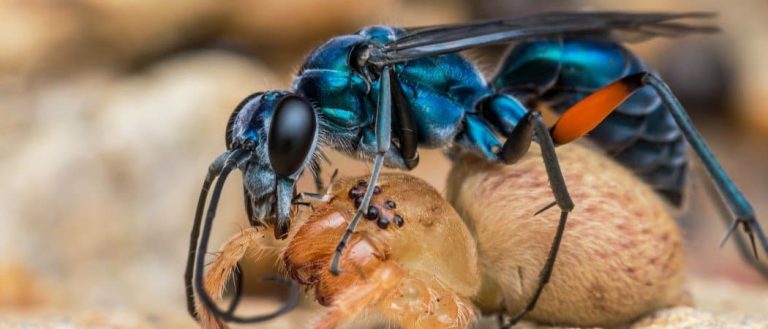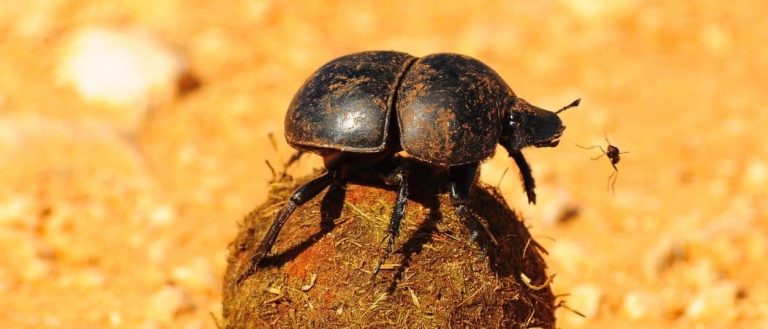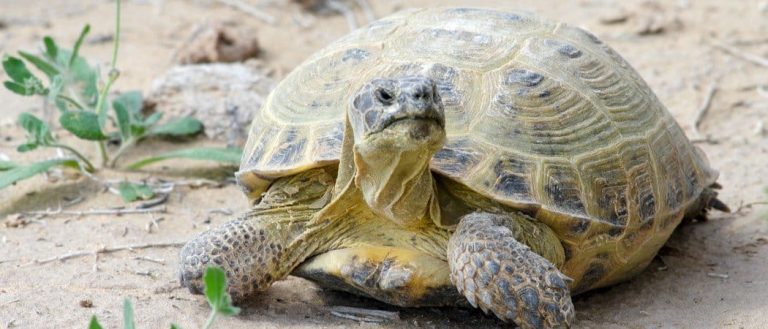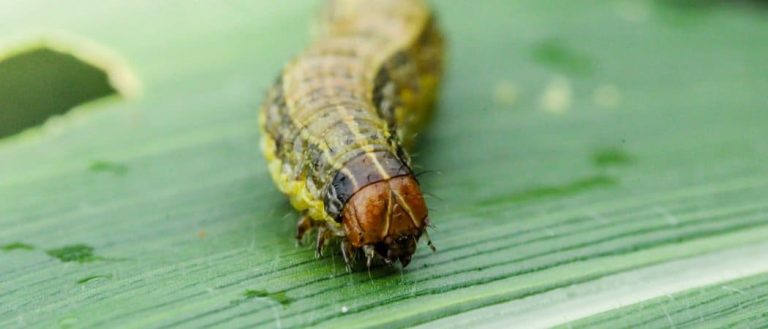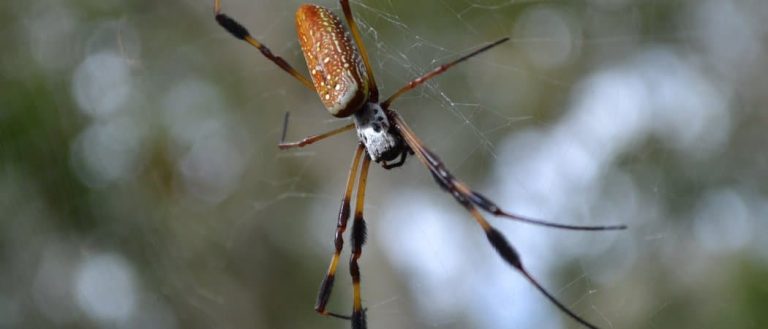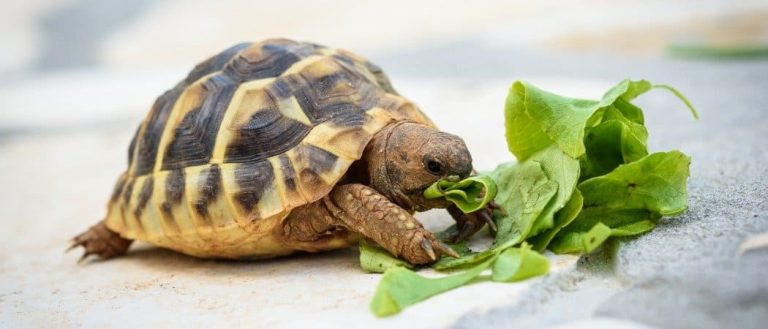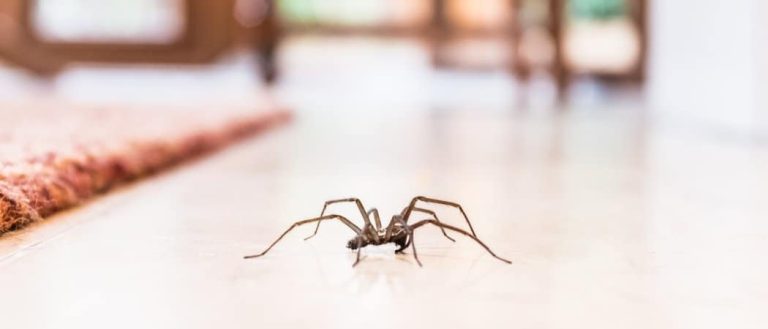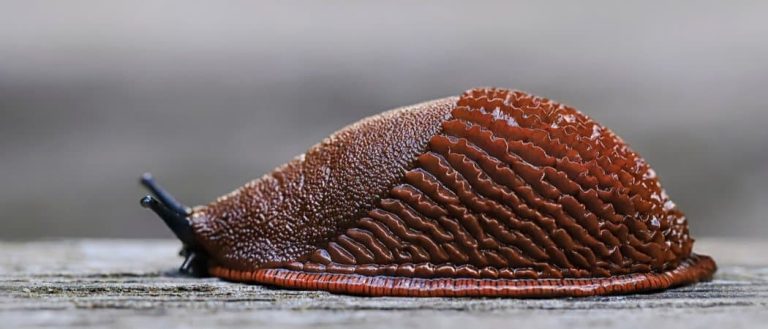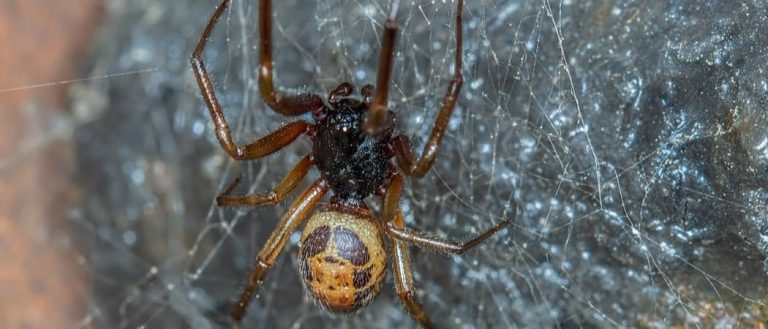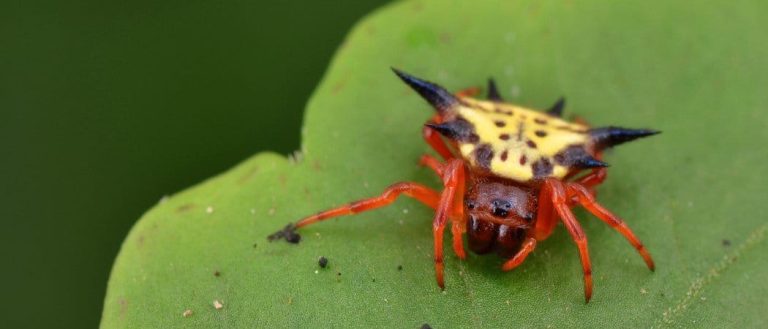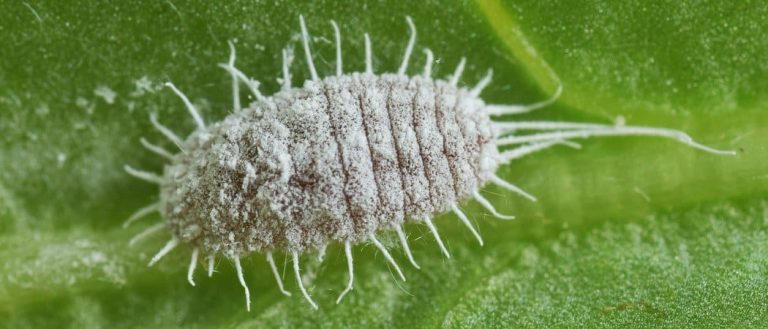Tajikistan
Crab Spider
Crab Spiders can mimic ants or bird droppings
Huntsman Spider
Some huntsman spiders have an interesting way of moving around. Some cartwheel while others do handsprings or backflips.
Rodents
The capybara, the world’s largest rodent, likes to be in and around bodies of water. Because of this, the Catholic Church in South America decided that it was a fish, and people were allowed to eat it during Lent and First Fridays.
Tiger Moth
The bright colors of this moth are a signal to predators that it has a terrible taste.
Carpenter Ant
Carpenter ants can lift up to seven times their own weight with their teeth!
Barn Swallow
Older offspring help care for new hatchlings.
Spider Wasp
They prey on spiders to feed their larvae or they parasitize other spider wasps.
Dung Beetle
The dung beetle can push objects many times its own weight
Russian Tortoise
Known by at least five different names
Armyworm
They are so named because they "march" in armies of worms from one crop to another in search of food
Banana Spider
People spin clothing and fishing nets out of these spiders’ silk.
Turtles
Some species of aquatic turtles can get up to 70 percent of their oxygen through their butt.
Common House Spider
House spiders have the ability to eat most insects in a home.
Slug
They glide around on one foot, which is aided by the slime they produce
False Widow Spider
False spiders actually prey on black widow spiders and other hazardous spiders
Orb Weaver
Females are about four times the size of males
Mealybug
They have a symbiotic relationship with ants.

